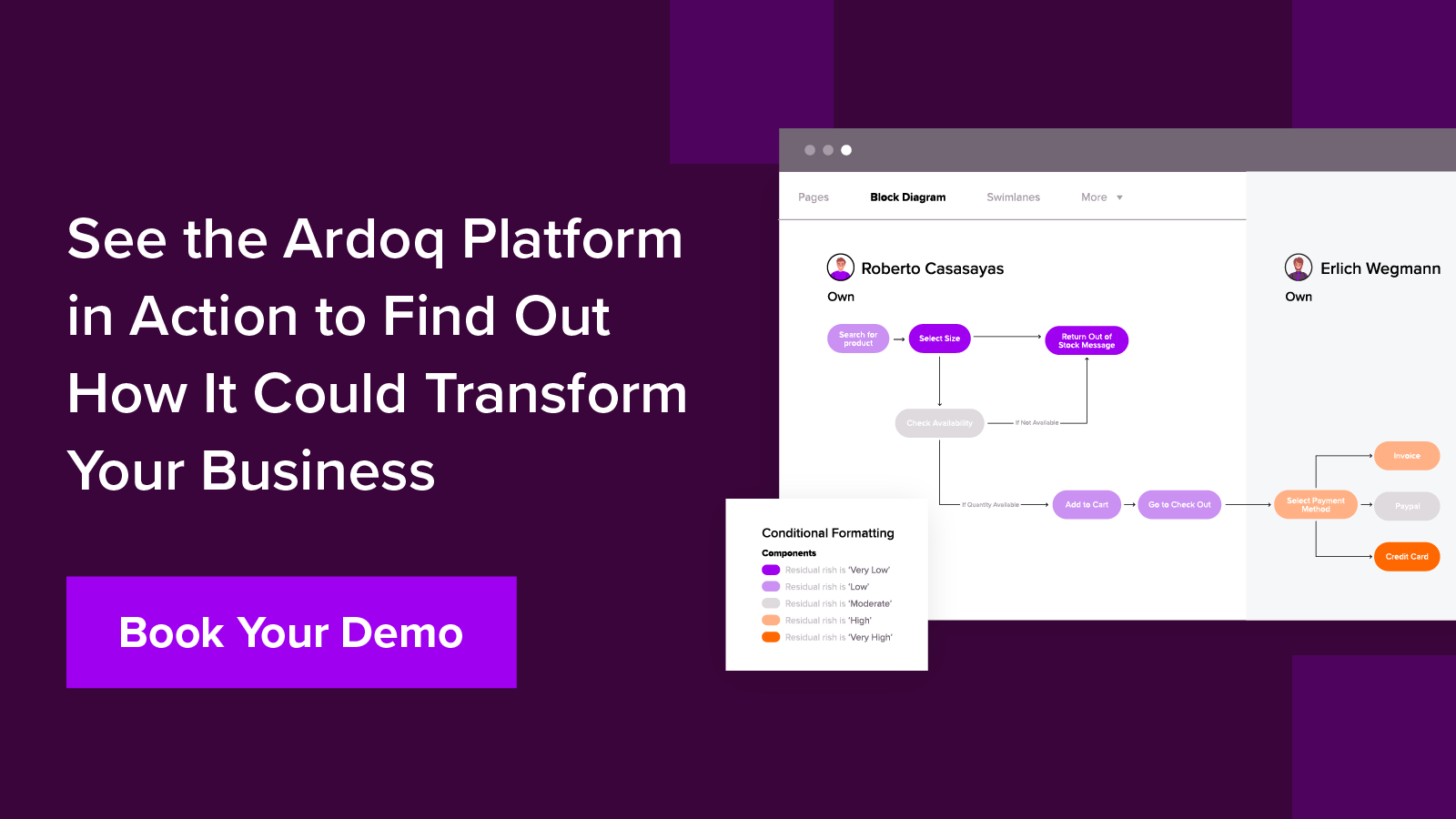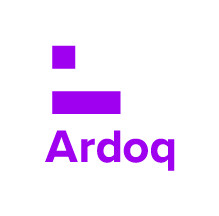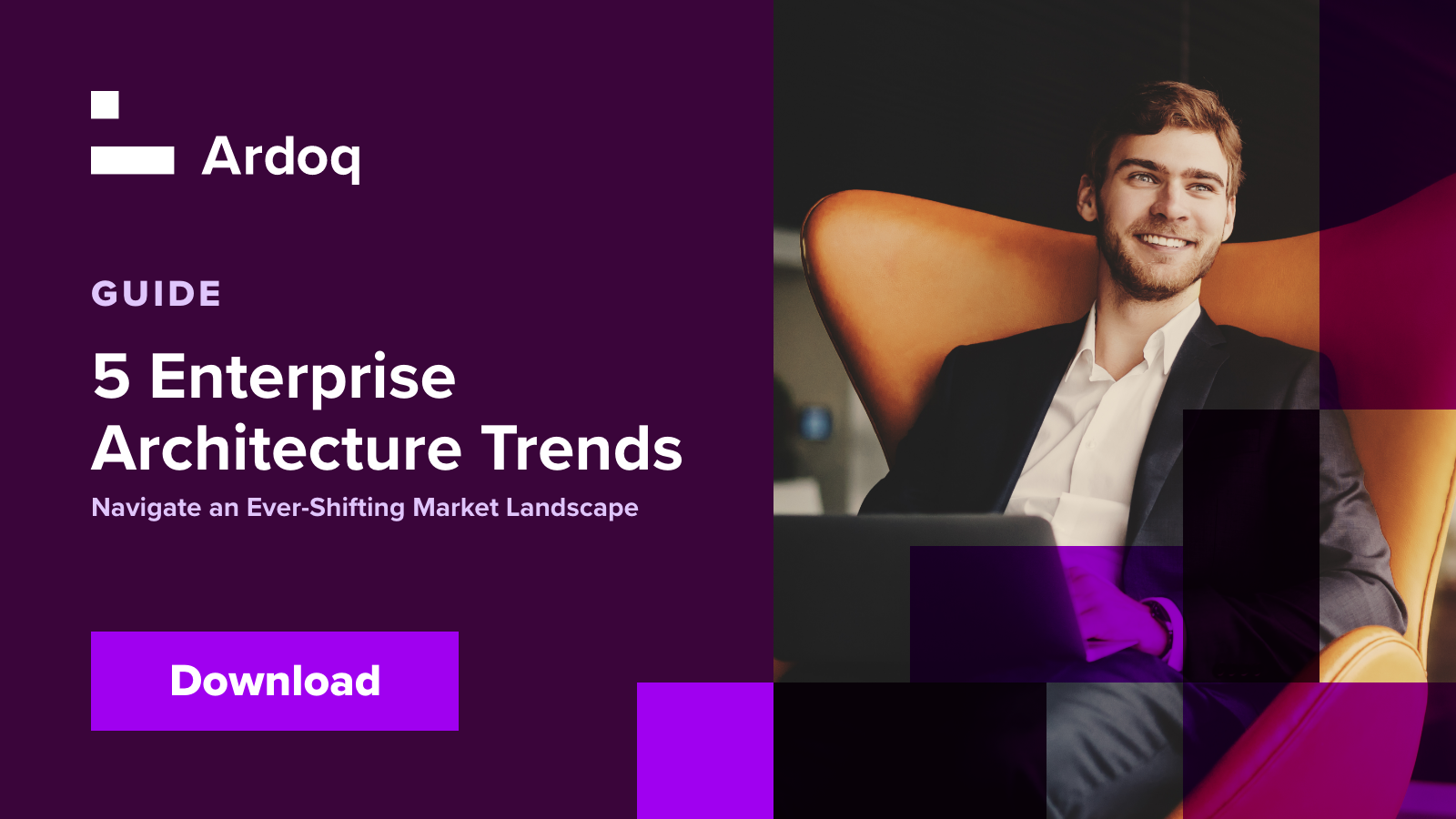As organizations navigate unprecedented complexity, the need for a strategic, architecture-driven approach to change has never been greater. With 2025 on the horizon, EA is positioned to take center stage in shaping future-proofed organizations. From AI-powered insights to navigating stringent regulations, here are the five key trends that will transform Enterprise Architecture and what differentiates successful organizations in 2025.
1. A Social Lens: Putting People in the Architecture
In 2025, the ability to map the social aspects of an organization will become an increasingly valuable practice for Enterprise Architects. As digitalization accelerates across industries, it’s no longer just about systems, applications, and processes. It’s about people—and how they interact within the architecture of the enterprise.
Mapping the social aspects of architecture means visualizing how teams collaborate, identifying handoffs between groups, and understanding pain points that hinder productivity. This people-centric approach reveals the organization’s social design, enabling architects to unlock insights that improve both efficiency and employee satisfaction.
Understanding social workflows and relationships helps organizations address bottlenecks and inefficiencies. This understanding also allows employees have a clearer sense of purpose and control that makes them more engaged but also more productive. This mindset shift treats employees and how they work as vital elements of the enterprise.
Key Takeaways:
- Mapping people and teams alongside technical systems provides a holistic view of the enterprise that helps drive continuous improvement.
- The human context to the enterprise will help businesses adjust to more effective ways of working, optimize the best workflows, and better identify bottlenecks.
- Visualizing team interactions and handoffs can help organizations create a culture of improved transparency, trust and greater autonomy, driving better performance and employee satisfaction.
Learn more about how and why to include people in architecture in our guide to the Top 5 Strategic Enterprise Architecture Trends.
2. AI and Enterprise Architecture: From Insights to Action
Generative AI, large language models (LLMs), and Retrieval Augmented Generation (RAG) are set to revolutionize how EAs operate in 2025. These technologies could enable organizations to extract insights faster, roadmap future scenarios, and design more impactful strategies. For instance, AI tools can speed up the identification of inefficiencies and risk forecasting and recommend optimal pathways for business transformation. Integrating AI into EA practices will make it faster for EAs to deal with the tedious governance of the enterprise architecture and focus more energy on delivering strategy-shaping insights.
Equally important is the key role Enterprise Architecture can play in ensuring successful, effective adoption of emerging technology like AI. EA helps organizations understand who needs to be involved in AI ideation, potential benefits, ROI, timelines for deployment, and much more. It sheds light on the practical how, who, where, and what that are so important to consider when innovating and adapting new technology.
Watch our Chief Enterprise Architect Jason Baragry's presentation on AI Augmentation to Drive Digital Transformation from Gartner® IT Symposium/Xpo™ in Barcelona.
For a more detailed take on AI’s potential, read our five-part blog series: Generative AI and Enterprise Architecture
Key Takeaways:
- Generative AI can enhance the processing and interpretation of EA insights, potentially speeding up modeling, improving analysis, and supporting decision-makers.
- EA plays a critical role in the successful adoption of AI, helping business leaders understand where it can deliver the most significant impact and lowest risk.
- Architects must prepare for the dual challenge of leveraging AI while ensuring compliance with emerging regulations like the EU AI Act.
3. Compliance and Resilience: A Growing Mandate
Regulatory pressures like the Digital Operational Resilience Act (DORA) and the Corporate Sustainability Reporting Directive (CSRD) will expand the role of EA in 2025. Architects will increasingly be tasked with ensuring not only compliance but also resilience across business functions.
For example, mapping regulatory frameworks to enterprise controls can identify gaps and reduce organizational risk. By connecting cybersecurity initiatives, AI governance, and sustainability reporting within their frameworks, EAs will provide a holistic view of enterprise resilience.
What to Watch For:
- Regional variations in compliance requirements, including NIS2 in Europe, SBOM, and emerging AI governance frameworks globally.
- Tighter collaboration between EA teams and security teams is essential to streamline cybersecurity risk management processes and avoid duplication of effort.
4. Simulating Future States Will Become Standard Practice
Gone are the days when EAs focused solely on mapping and analyzing the "as-is" state. In 2025, the ability to design, simulate, and interrogate multiple "to-be" scenarios will become a standard practice. This approach will empower organizations to anticipate the impacts of strategic decisions, from operational changes to technology investments.
Today’s data-driven Enterprise Architecture platforms empower EAs to perform more detailed analysis on future states, getting a better understanding of the impact on cost, performance, capabilities, and much more. . By integrating scenario modeling into EA practices, architects can move beyond reactive problem-solving to proactive decision-making. Advanced tools and methodologies will make future-state modeling and analysis more accessible and impactful than ever.
Pro Tip:
Enterprise Architects should prioritize investing in tools that allow for dynamic simulations and real-time scenario analysis. Those who master analysis of future states to drive more impactful decision-making will lead the charge in organizational transformation.
5. Combining EA With Business Process Management and Mining
The combination of EA with business process mining and management will redefine how organizations approach change in 2025. Process mining leaders like Celonis enable organizations to identify bottlenecks and opportunities for automation, but the real value comes when these insights are combined with business process management and EA.
Understanding the broader impact of process changes—such as who is affected, which applications are involved, and the overall strategic value—is where EA shines. This connected approach ensures that process improvements align with enterprise goals.
Key Questions EA Can Help Answer:
- Who will be impacted by this process change?
- What dependencies exist across the business?
- How does this change align with our strategic priorities?
- What risks are associated with this transition?
- What is the long-term value of this adjustment?
Learn about how Ardoq is partnering Celonis to offer an enhanced digital twin of the organization that will enable CIOs to better align IT investment with business goals.
Lead the Charge or Risk Falling Behind
Enterprise Architects stand at the forefront of transformation in 2025. By embracing these trends—architecturally-driven leadership, AI advancements, regulatory compliance, future-state modeling, and integrated process mining—EAs can position themselves as indispensable strategic advisors.
To stay competitive, organizations must invest in empowering their EA teams with the right tools and frameworks. Ardoq’s data-driven platform is designed to help Enterprise Architects tackle these challenges and deliver actionable insights at scale.
Stay ahead of the curve. Explore how Ardoq can help your organization succeed and maintain its competitive edge.
 Ardoq
This article is written by Ardoq as it has multiple contributors, including subject matter experts.
Ardoq
This article is written by Ardoq as it has multiple contributors, including subject matter experts.




/Logos/Ardoq/RGB_Ardoq_Logo_Stacked_White_Monochrome%201.png?width=80&height=77&name=RGB_Ardoq_Logo_Stacked_White_Monochrome%201.png)

